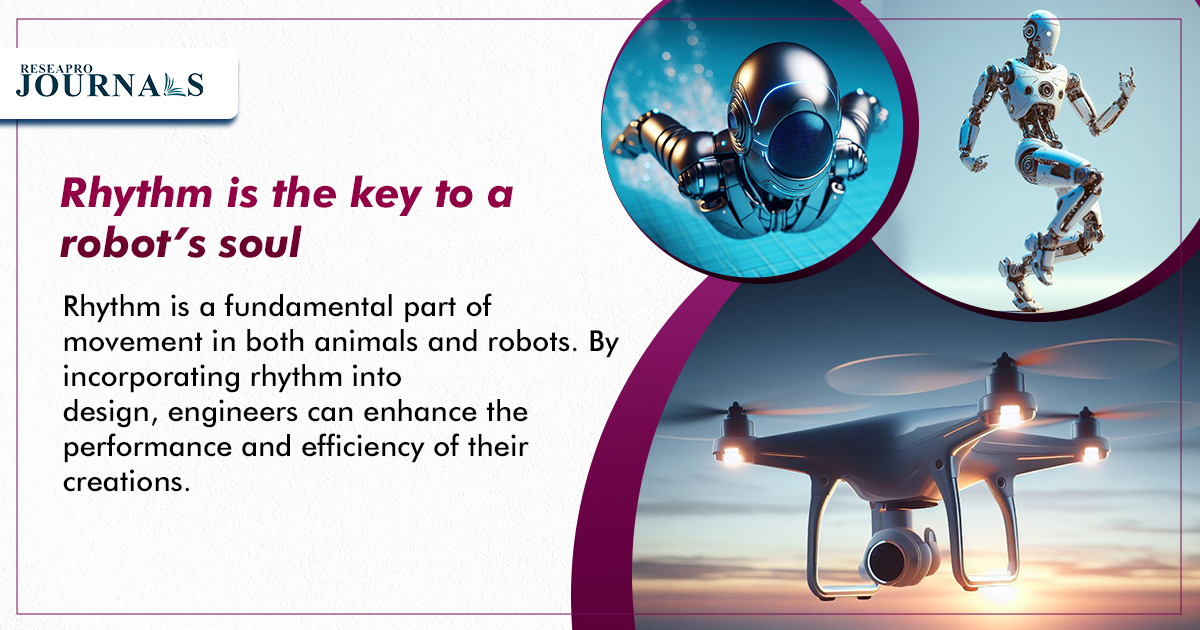Rhythm is a fundamental part of movement in both animals and robots. By incorporating rhythm into design, engineers can enhance the performance and efficiency of their creations.
In evolution, rhythm has been optimized through natural selection. Animals that can move more efficiently and effectively are more likely to survive and reproduce. This has led to the development of a wide range of rhythmic movements in the animal kingdom, from the heartbeat of a hummingbird to the gait of a running horse.
In robotics, engineers are increasingly incorporating rhythm into the design of robots. This is because rhythmic movements can offer a number of advantages, including:
- Increased efficiency: Rhythmic movements can help to reduce energy consumption and improve the overall efficiency of a robot. This is because rhythmic movements can minimize the amount of time that a robot’s muscles are under tension.
- Improved control: Rhythmic movements can help to improve the control of a robot. This is because rhythmic movements can help to stabilize the robot’s movements and reduce vibration.
- Increased speed: Rhythmic movements can help to increase the speed of a robot. This is because rhythmic movements can help to generate more power and minimize the amount of time that a robot’s feet are on the ground.




